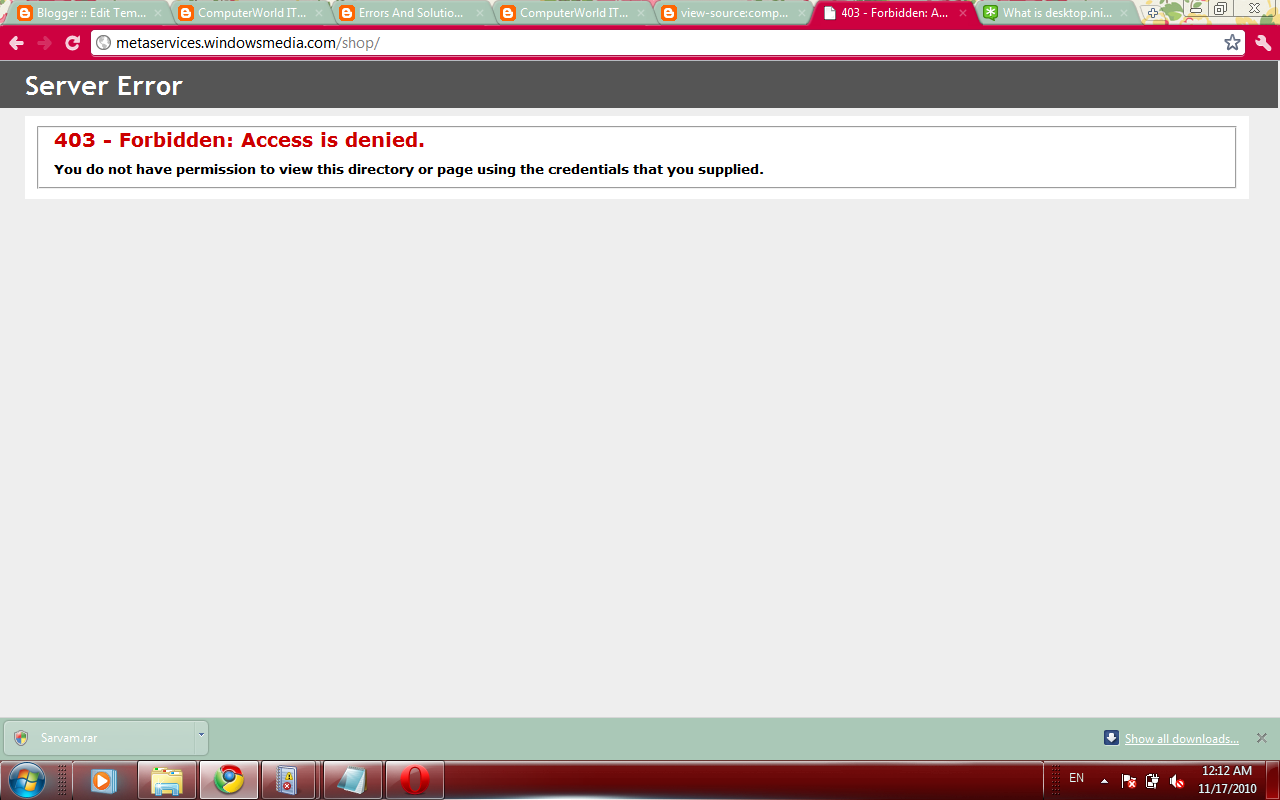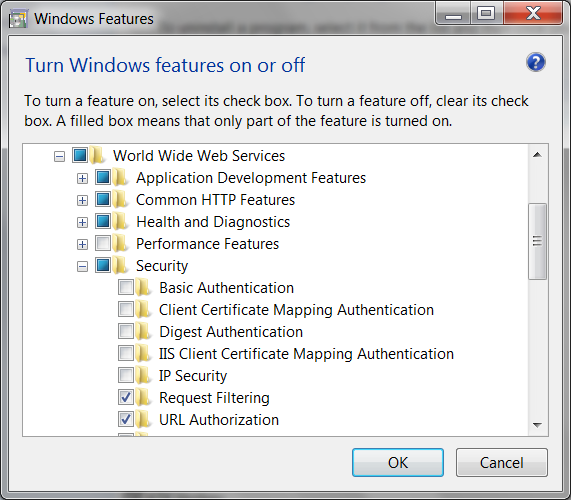
This enables them to receive unsolicited inbound network traffic from untrusted devices, and also to receive traffic from the other members of the isolated domain.įor example, Woodgrove Bank has a server that must be accessed by its partners' devices through the Internet.

These goals also support optional zones that can be created to add customized protection to meet the needs of subsets of an organization's devices:ĭevices in the "boundary zone" are configured to use connection security rules that request but do not require authentication.
#DENY ACCESS FOR DIRECT URL WINDOWS#
The default Windows Defender Firewall settings for outbound network traffic allow this. The connection security rules deployed to domain member devices require authentication as a domain member or by using a certificate before an unsolicited inbound network packet is accepted.ĭevices in the isolated domain can still send outbound network traffic to untrusted devices and receive the responses to the outbound requests.įor example, Woodgrove Bank wants its users at client devices to be able to access Web sites on the Internet. Exemption rules can be defined to allow inbound traffic from trusted computers that for some reason cannot perform IPsec authentication.įor example, Woodgrove Bank wants all of its devices to block all unsolicited inbound network traffic from any device that it does not manage. These goals, which correspond to Domain Isolation Policy Design and Certificate-based Isolation Policy Design, provide the following benefits:ĭevices in the isolated domain accept unsolicited inbound network traffic only when it can be authenticated as coming from another device in the isolated domain.

The rules that implement both the isolated domain and the different zones are deployed by using Group Policy and Active Directory. The following illustration shows an isolated domain, with one of the zones that are optionally part of the design. The protection provided by domain isolation can help you comply with regulatory and legislative requirements, such as those found in the Federal Information Security Management Act of 2002 (FISMA), the Sarbanes-Oxley Act of 2002, the Health Insurance Portability and Accountability Act of 1996 (HIPAA), and other government and industry regulations. Connection security rules can be configured to use IPsec with the Kerberos V5 protocol available in Active Directory, or certificates issued by a trusted certification authority as the authentication method.īecause the primary authentication method recommended for devices that are running Windows is to use the Kerberos V5 protocol with membership in an Active Directory domain, this guide refers to this logical separation of computers as domain isolation, even when certificates are used to extend the protection to devices that are not part of an Active Directory domain. Authentication ensures that each device or user can positively identify itself by using credentials that are trusted by the other device. By using connection security and firewall rules available in Windows Defender Firewall with Advanced Security, you can logically isolate the devices that you trust by requiring that all unsolicited inbound network traffic be authenticated. To mitigate this risk, you must be able to isolate the devices you trust, and restrict their ability to receive unsolicited network traffic from untrusted devices. These untrustworthy devices both on and outside of your physical network must not be permitted to access your organization's devices except where it is truly required.
#DENY ACCESS FOR DIRECT URL FREE#
Because you do not manage those devices, you cannot trust them to be free of malicious software, maintained with the latest security updates, or in any way in compliance with your organization's security policies.

You also likely have partners, vendors, or contractors who attach devices that are not owned by your organization to your network. Your organizational network likely has a connection to the Internet.


 0 kommentar(er)
0 kommentar(er)
